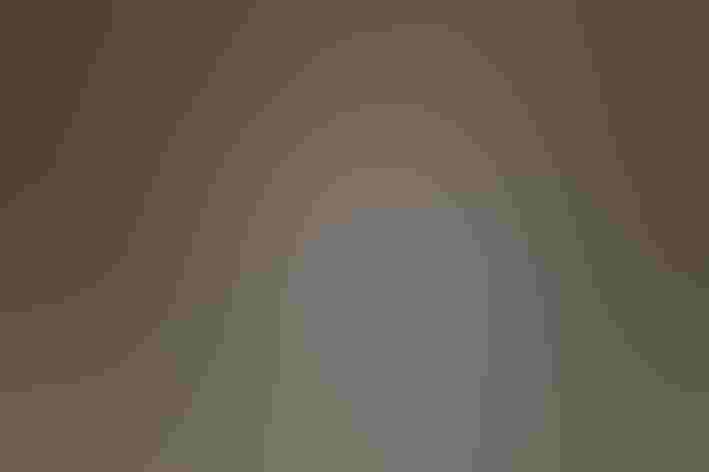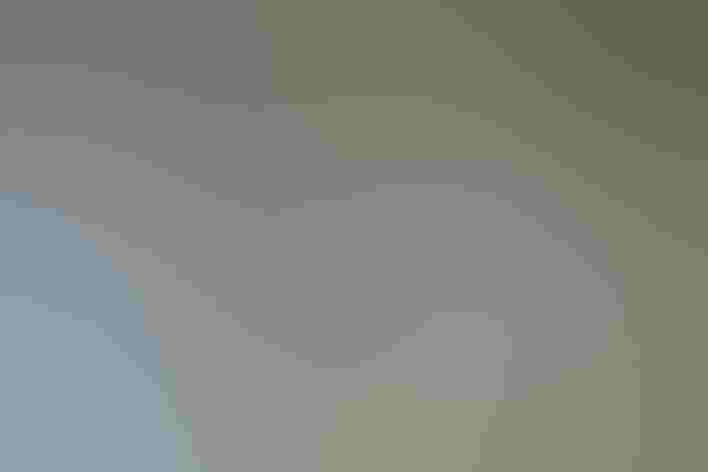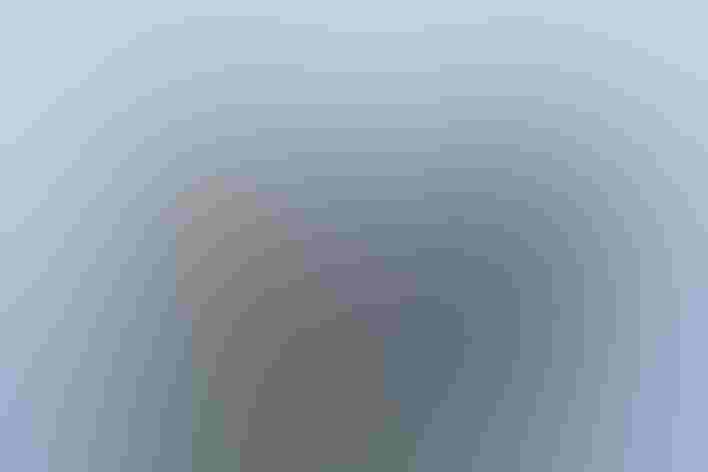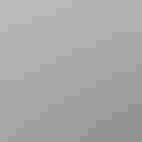Redhead
At a Glance
Ducks in general often lay eggs in the nests of others, but the Redhead carries this to extremes. Female Redheads regularly parasitize each others' nests, as well as the nests of at least 10 other duck species. They also have been known to lay eggs in the nests of American Bittern, and even of the predatory Northern Harrier! Some females may be entirely parasitic, never incubating their own eggs. Such behavior is abetted by the social tendencies of the species, with many often nesting in close proximity. In winter, impressive flocks of Redheads concentrate on coastal lagoons; such gatherings may run to tens of thousands of individuals in the Laguna Madre of southern Texas and northeastern Mexico.
All bird guide text and rangemaps adapted from by Kenn Kaufman© 1996, used by permission of Houghton Mifflin Harcourt Publishing Company. All rights reserved.
Category
Diving Ducks, Duck-like Birds
IUCN Status
Least Concern
Habitat
Coasts and Shorelines, Fields, Meadows, and Grasslands, Freshwater Wetlands, Lakes, Ponds, and Rivers, Saltwater Wetlands
Region
Alaska and The North, California, Eastern Canada, Florida, Great Lakes, Mid Atlantic, New England, Northwest, Plains, Rocky Mountains, Southeast, Southwest, Texas, Western Canada
Behavior
Direct Flight, Rapid Wingbeats, Swimming
Population
1.200.000
Range & Identification
Migration & Range Maps
Migrates in flocks. In summer, when males abandon their mates, they may fly hundreds of miles to the north to lakes where they go through the flightless stage of molt. Main migration is fairly late in fall and early in spring.
Description
18-22" (46-56 cm). Both sexes told from Canvasback by rounder head, shorter bill with pale band near tip. Male has back gray (not white). Female suggests female Ring-necked Duck but browner, usually plainer on face, and lacks the Ring-neck's high, peaked head shape.
Size
About the size of a Crow, About the size of a Mallard or Herring Gull
Color
Black, Brown, Gray, Red, White
Wing Shape
Broad, Pointed
Tail Shape
Rounded, Short, Square-tipped
Songs and Calls
Like the meow of a cat; also quacks..
Call Pattern
Flat, Rising
Call Type
Croak/Quack, Odd, Scream
Habitat
Lakes, saltwater bays, estuaries; in summer, fresh marshes. For nesting season favors large marshes in prairies or intermountain valleys. Migrants gather on large lakes. In winter, mainly on coastal bays and lagoons, also on freshwater lakes inland.
Sign up for ÃÛèÖAPP's newsletter to learn more about birds like the Redhead
Behavior
Eggs
usually 9-14, although true "normal" clutch size difficult to determine. Dull white to pale olive buff. Incubation is by female only, 23-29 days.
Young
female leads young away from nest about a day they hatch. Young feed themselves; capable of flight at about 60-65 days.
Feeding Behavior
forages by diving, usually in water a few feet deep, or by dabbling and up-ending in very shallow water. In winter on shallow coastal lagoons may do most feeding by simply dipping head underwater.
Diet
aquatic plants, insects. Diet is mainly leaves, stems, seeds, and roots of aquatic plants: shoalgrass, pondweeds, smartweeds, sedges, waterlilies, and others. Also eats many aquatic insects, especially in summer, plus mollusks, rarely small fish.
Nesting
Nest site is in dense marsh (especially bulrushes) above shallow water, occasionally on dry ground. Bulky nest is built up of dead vegetation and anchored to standing growth, lined with down. Nesting is complicated by parasitic tendencies, typically laying eggs in nests of other Redheads and other waterbirds. Most females apparently are semi-parasites, laying several eggs in nests of other birds, then raising a clutch of their own. Several may lay eggs in a nest that is never incubated; such "dump nests" have been reported with up to 87 eggs.
Conservation
Conservation Status
Total population is evidently far below original levels, a sharper decline than for most ducks. Loss of nesting habitat is probably the main cause.
Climate Threats Facing the Redhead
Choose a temperature scenario below to see which threats will affect this species as warming increases. The same ÃÛèÖAPP change-driven threats that put birds at risk will affect other wildlife and people, too.





